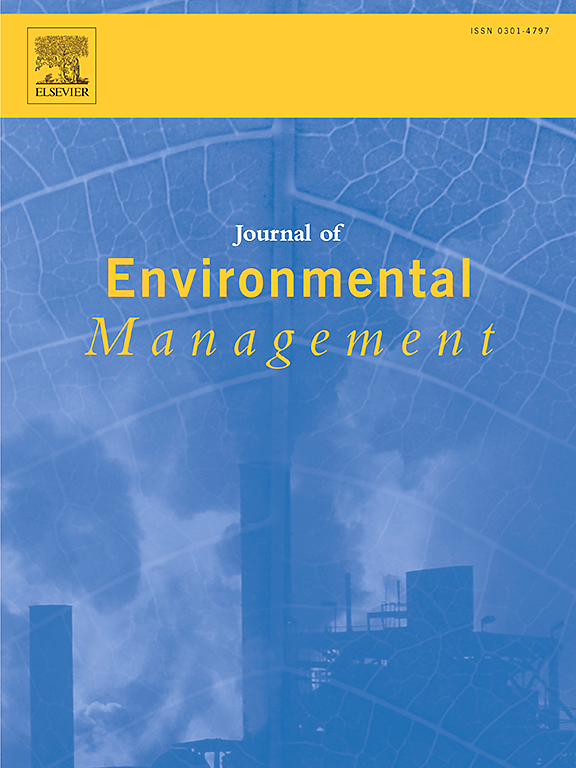干旱区生态输水驱动的湿地水文连通性与形态变化——以泰特马湖湿地为例
IF 8
2区 环境科学与生态学
Q1 ENVIRONMENTAL SCIENCES
引用次数: 0
摘要
湿地水文连通性对于提供湿地生态系统的结构和功能以及恢复湿地生态系统至关重要。太木马湖湿地对水文变化具有高度敏感性,流域动态变化对其生态系统功能和结构具有重要影响。在水文连通性评估研究中存在着显著的空白。利用2002 - 2023年生态输水前后的Landsat影像,研究了生态输水条件下水文连通性的时空变化与分布特征。使用的技术包括MSPA模型和基于景观指数的水文连通性指数。研究结果表明:1。生态水运增强了湿地的水文联系;塔里木河对流域输水量的贡献率为39.43%,车尔沁河的贡献率为60.57%。2. 对水文连通性的影响分别为93.72%和6.28%。水域与连通性之间存在着良好的联系。水域的变化可以在一定程度上影响水生斑块的连通性;然而,它们并不是水文连通性的主要决定因素。重要值升高的原始斑块位于横跨泰特玛湖的桥梁附近,是整个湿地水文连通性的核心。4. 核心斑块的变化显著影响水文连通性,而桥接和分支起次要作用。本文介绍了干旱区湿地生态系统生态水文过程研究的实例。为研究生态输水和加强水资源管理奠定了科学基础。本文章由计算机程序翻译,如有差异,请以英文原文为准。
Ecological water conveyance-driven wetland hydrological connectivity and morphological changes in arid regions: An analysis of the Taitema Lake wetland
Wetland hydrological connectivity is essential for both providing the structure and function of wetland ecosystems and restoring them. The Taitema Lake wetland exhibit a high sensitivity to hydrological changes, with alterations in watershed dynamics having a significant impact on their ecosystem function and structure. There are notable gaps in the assessment studies of hydrological connectivity. This study examines the spatiotemporal changes and distribution characteristics of hydrological connectivity under ecological water conveyance using Landsat images taken before and after the conveyance from 2002 to 2023. Techniques used include the MSPA model and the landscape index-based hydrological connectivity index. The findings demonstrate that: 1. Ecological water transport enhances wetlands' hydrological connection; the Tarim River contributes 39.43 % to the water conveyance volume of the area, while the Cherchen River contributes 60.57 %. 2. Their respective impacts on hydrological connectivity are 93.72 % and 6.28 %. A favorable association exists between a water area and connectivity. Alterations in water areas can somewhat influence the connectedness of aquatic patches; however, they are not the primary determinant of hydrological connectivity.3. The primary patches with elevated important values can be found near the bridge across the Taitema Lake, which serves as the nucleus of the overall wetland hydrological connectivity. 4. Alterations in the core patches significantly influence hydrological connectivity, whereas bridging and branching serve a secondary function.This paper presents practical examples of examining ecohydrological processes in wetland ecosystems situated in arid regions. Additionally, it establishes a scientific foundation for researching ecological water conveyance and enhancing water resource management.
求助全文
通过发布文献求助,成功后即可免费获取论文全文。
去求助
来源期刊

Journal of Environmental Management
环境科学-环境科学
CiteScore
13.70
自引率
5.70%
发文量
2477
审稿时长
84 days
期刊介绍:
The Journal of Environmental Management is a journal for the publication of peer reviewed, original research for all aspects of management and the managed use of the environment, both natural and man-made.Critical review articles are also welcome; submission of these is strongly encouraged.
 求助内容:
求助内容: 应助结果提醒方式:
应助结果提醒方式:


